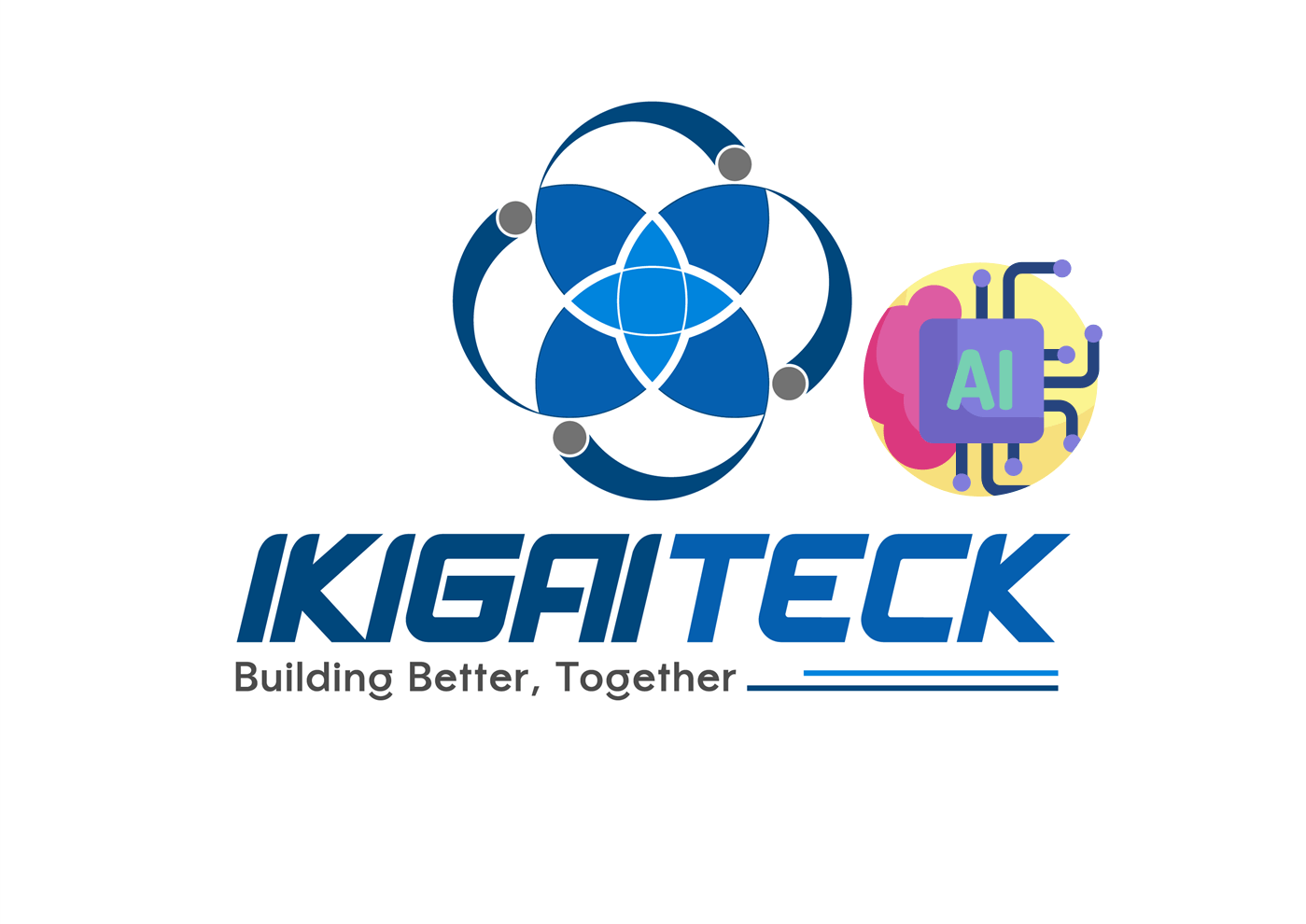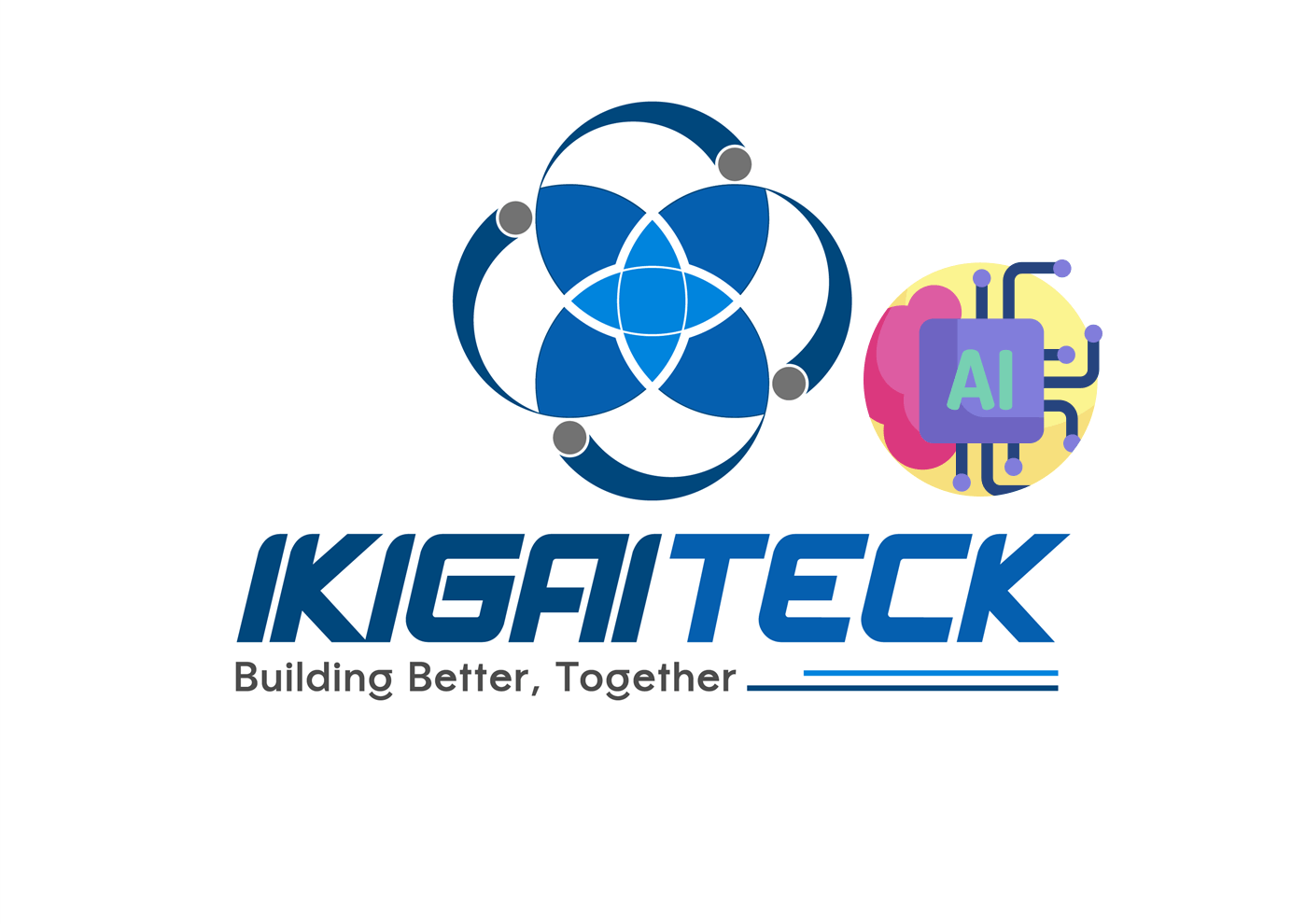Turning Data into Insights: Best AI Tools for Analysis and Online Business in 2025
Introduction
In business, data is the closest thing to truth. It shows where customers come from, why one marketing campaign outperforms another, and what prevents revenue from meeting expectations. The challenge is that most data lives across multiple systems. Just collecting it in one place already consumes hours, let alone analyzing it for actionable insights.

This is where AI-powered tools step in. They don’t just speed up the process, they change how you work with information. Instead of building complex queries, you can simply ask questions in natural language, and the tool will suggest charts, reports, or even forecasts. For individuals, startups, and small businesses, this means saving money on data teams while still getting clarity for decision-making.
The pain of working without the right tools
Many teams begin with a simple spreadsheet. It works—until the data grows, and suddenly the limits show up.
1. Fragmented data, scattered across tools
Customer records in CRM, ad performance in Google Ads, revenue in accounting software. Stitching all of this together manually is error-prone and time-consuming.
2. Lack of analytical skills
Not everyone knows SQL or advanced BI dashboards. Hiring a full analytics team is expensive, so many small businesses struggle to turn raw data into usable insights.
3. Decisions driven by guesswork
Without proper analysis, managers rely on instinct. That often leads to wasted ad spend or missed growth opportunities.
What makes a good AI data tool
The best tool isn’t just powerful—it has to fit the reality of use. When evaluating, keep these factors in mind:
Ease of use: intuitive interface, minimal coding.
Integrations: can pull data from popular sources like CRM, ads, and sales platforms.
Smart analysis: natural language queries, automated insights.
Visualization: clear charts and dashboards.
Data security: sensitive information stays protected.
Cost and scalability: affordable for small teams, expandable for enterprises.
Leading AI tools for 2025
Power BI with Copilot

Microsoft’s Power BI is already a standard in business intelligence. With Copilot, you can now ask questions directly in plain English, like “Which region saw the biggest revenue drop in August?” and get charts or reports instantly. For companies already in the Microsoft ecosystem, Power BI integrates seamlessly.
Tableau + Tableau AI

Tableau is known for beautiful, story-driven dashboards. With AI support, it can now suggest visualizations, highlight trends automatically, and reduce manual work. It’s ideal for teams that need to present data in a compelling way.
ThoughtSpot

Often called “Google for data,” ThoughtSpot allows anyone to type a question and get immediate answers. Sales figures, customer behavior, campaign results—insights arrive without technical barriers. It empowers non-technical users to explore data on their own.
Kyvos
When data gets massive, Kyvos helps by creating a semantic layer that speeds up queries. It enables smooth analysis of big data without heavy infrastructure. Large-scale businesses gain flexibility without compromising performance.
IBM Watsonx

IBM’s Watsonx is a full ecosystem for enterprise. It covers data management, AI model training, and deployment. Enterprises with strict governance and compliance requirements find Watsonx particularly appealing.
Julius AI
Julius allows you to “chat with your data.” Upload a spreadsheet or connect to a database, then ask questions in natural language. Julius returns charts, reports, or predictions. For startups and SMEs, it reduces the need for a dedicated analytics team.
Julius isn’t just another chatbot or analytics add-on. It’s a powerful AI assistant purpose-built for real data analysis. It allows you to upload files, ask questions in plain English, and get clean results—charts, tables, models, even code—within seconds. And the best part? You don’t need to know how to code.
👉 Curious to see it in action? Head over to Julius AI, upload your first dataset, and ask your first question. You might be surprised by what you learn—with no code at all.
👉 Or Read more about Julius AI – Smart Data Analysis Assistant for Every Team
Windsor AI
Marketing budgets often leak money without clear attribution. Windsor.ai fixes this by connecting multiple ad platforms and showing which campaigns truly drive conversions. Marketers can finally reallocate budgets with confidence.
Windsor.ai steps in as a comprehensive solution. It’s a no-code ETL/ELT platform that allows users to connect data from 325+ sources, automatically process and transform it, and sync it with business intelligence tools like Google Looker Studio, Power BI, BigQuery, Snowflake, Google Sheets, and more.
But Windsor.ai doesn’t stop at integration. What makes it truly powerful is its attribution modeling capabilities—letting marketers trace every touchpoint in the customer journey and allocate budgets where they drive the most value
👉 Create a free account at Windsor.ai
Systeme IO
SystemeIO is an all-in-one platform for online businesses. It manages funnels, email marketing, online courses, and memberships. While it’s not a BI tool, the customer and revenue data it stores can be exported and analyzed to track growth and performance.
It's not flashy or overhyped. But it's practical. It brings together everything you need—funnels, email automation, course creation, blogging, affiliate management—into one clean platform. No juggling between dashboards. No extra subscriptions. Just one login, one learning curve, and one central hub for your entire business.
👉 Simple. Affordable. And it actually works.
Just sign up for a free account. No credit card required 👉 Try Systeme.io for free now!
ClickSites AI
Building a website is only step one; tracking and optimizing it is step two. ClickSites AI creates websites and landing pages quickly with AI. Combined with analytics tools, it enables A/B testing, behavior tracking, and conversion improvements. Perfect for small businesses establishing their online presence.
ClickSites AI is an AI-powered website builder designed to make website creation effortless. Instead of going through dozens of steps, you simply chat with the AI chatbot, provide a topic or business idea, and within minutes, you have a working website complete with design, text, and visuals.
The platform also takes a unique approach to pricing. Unlike Wix, Squarespace, or Webflow that require monthly or yearly subscriptions, ClickSites AI is a one-time payment tool. You pay once and get lifetime access, with no recurring bills. This makes it especially appealing to freelancers, small businesses, and marketers who want predictable costs
👉 If you want a fast, no-fuss solution that turns your idea into a website in 60 seconds, ClickSitesAI is worth trying.
DataGPT / AgentAda
Emerging tools like DataGPT and AgentAda represent the trend of agent-based analytics. Instead of just answering questions, they decide which analytical method to apply—clustering, forecasting, or segmentation. While still young, they hint at the next generation of AI analysis.
Matching the tool to the user
1. Individuals & freelancers
The priority is speed, simplicity, and affordability. JuliusAI, Systeme.io, or ClickSites.ai are practical starting points.
2. Startups & SMEs
Balance cost with scalability. JuliusAI for general analysis, Windsor.ai for marketing, and Power BI for deeper insights form a strong combination.
3. Mid-sized & large enterprises
At this scale, complexity and security dominate. Power BI, Tableau, ThoughtSpot, Domo, Kyvos, and Watsonx provide the robustness needed for enterprise-level data management.
What’s next in AI for data and business
Agent-based analytics: AI agents automatically choose the right method for analysis.
Semantic layers: simplify complex datasets for easier querying.
AI-native databases: combine structured and unstructured data, queryable in natural language.
Cloud AI agents: giants like Google, Microsoft, and IBM are building data-focused agents that automate much of the pipeline.
Conclusion
There’s no single best tool for everyone. The right choice depends on your needs—whether it’s marketing optimization, sales funnel tracking, or enterprise-grade data governance.
The key is to start with a clear roadmap: Collect → Standardize → Analyze → Act.
In 2025, AI makes it possible for even small teams to make smarter, faster, more confident decisions. With the right tools, your data turns from a burden into a growth engine.
(Some links on our site may be affiliate, meaning we may earn a small commission at no extra cost to you.)
Subscribe now !
Be the first to explore smart tech ideas, AI trends, and practical tools – all sent straight to your inbox from IkigaiTeck Hub
IkigaiTeck.io is an independent tech publication sharing practical insights on AI, automation, and digital tools.










